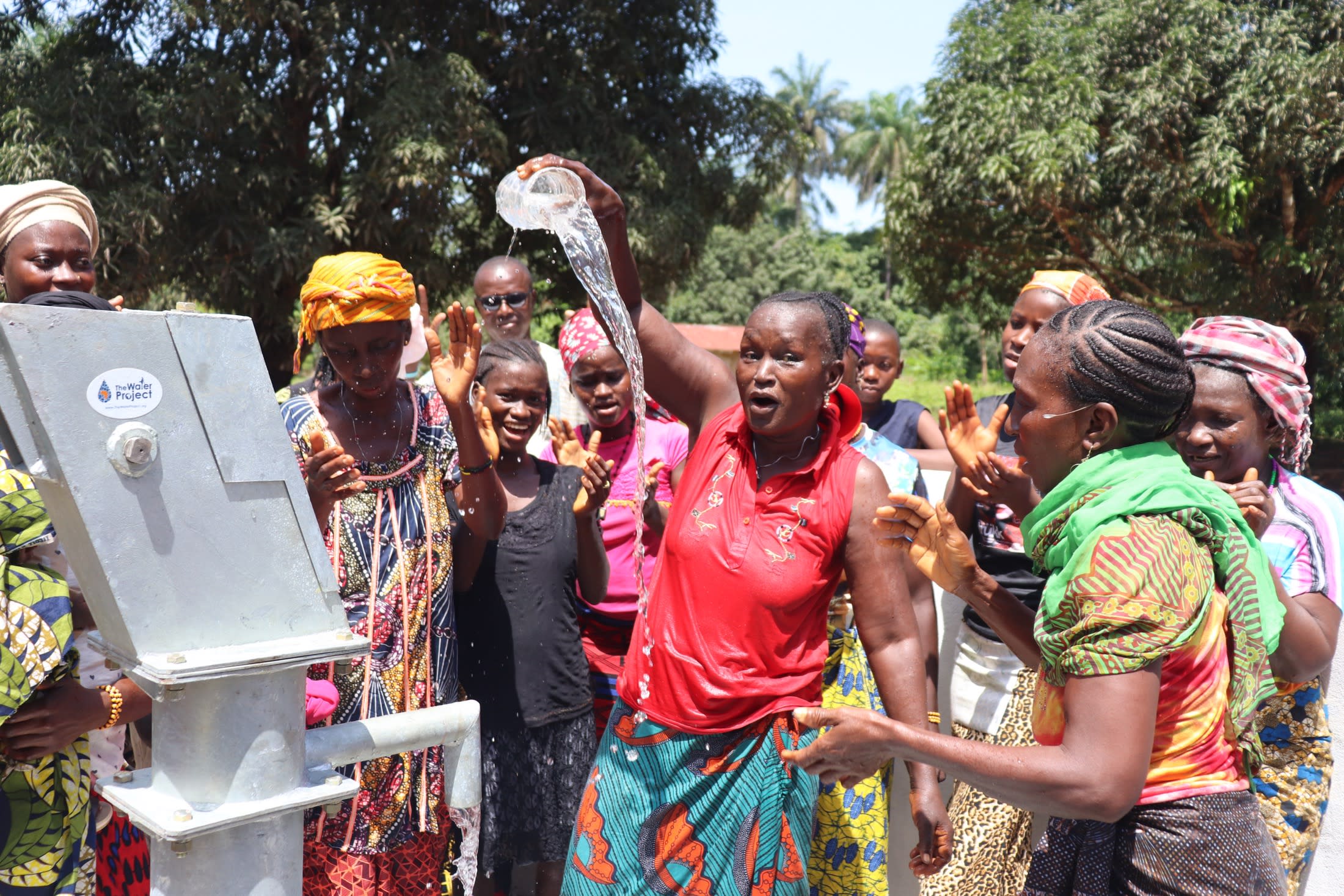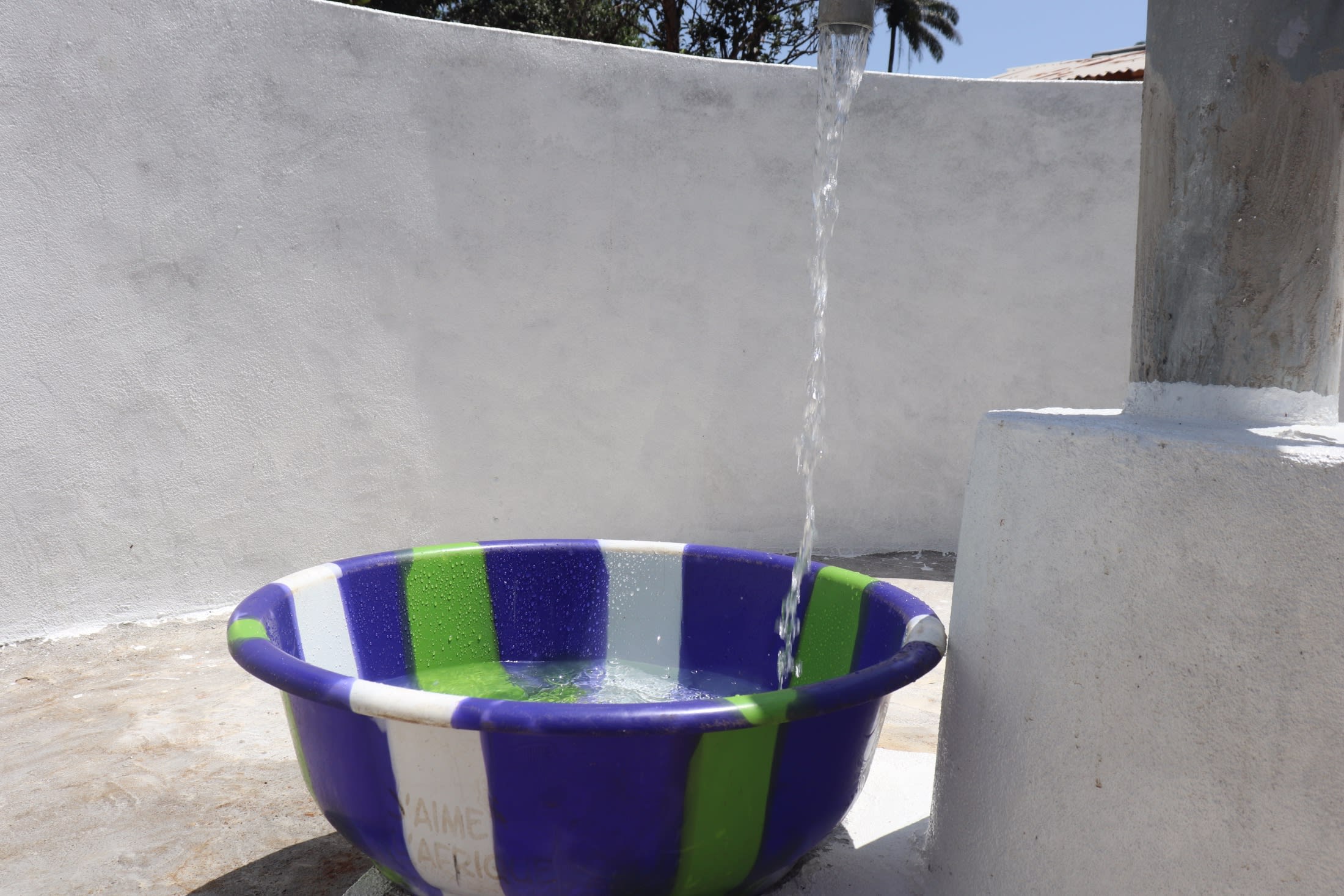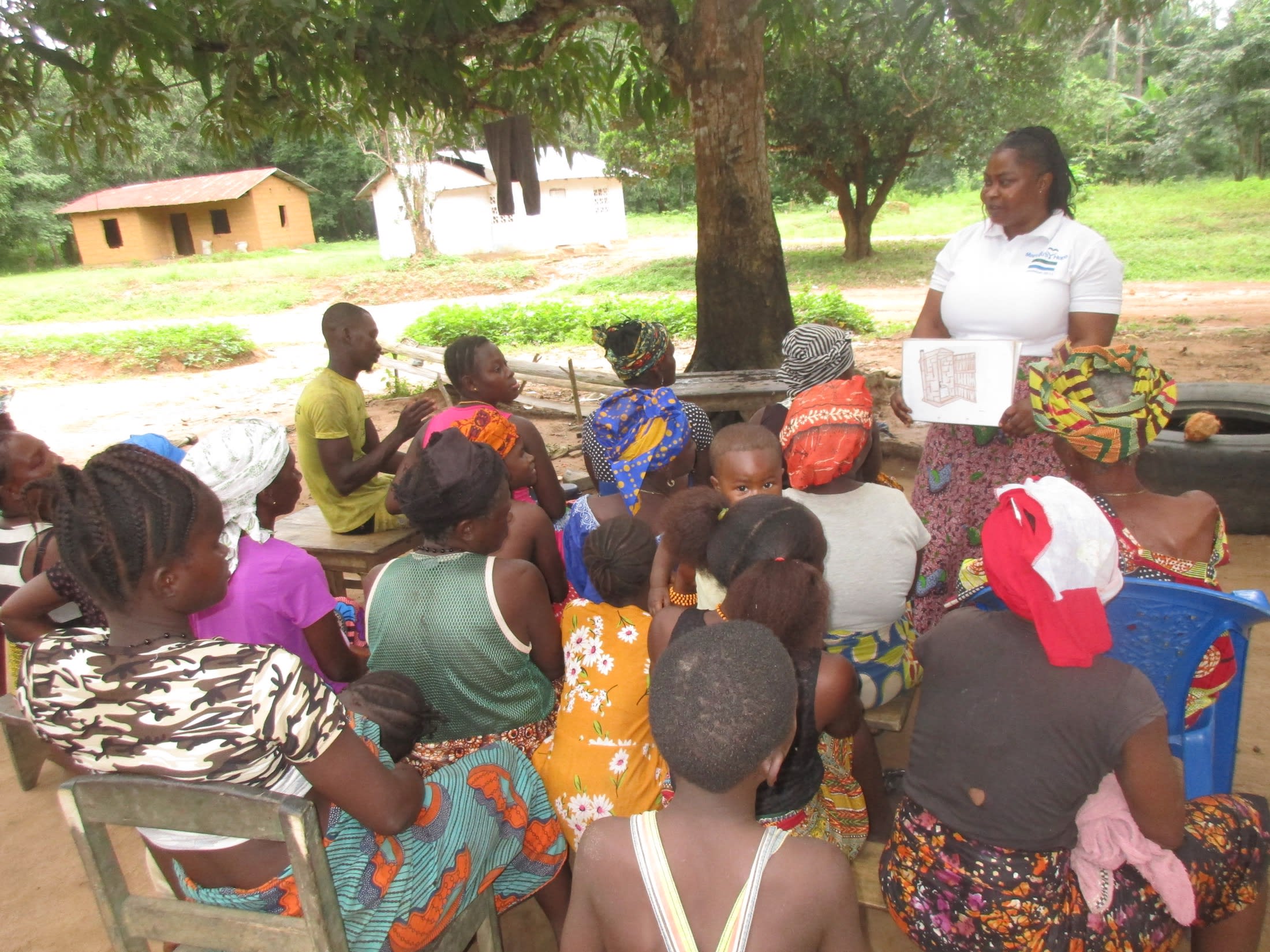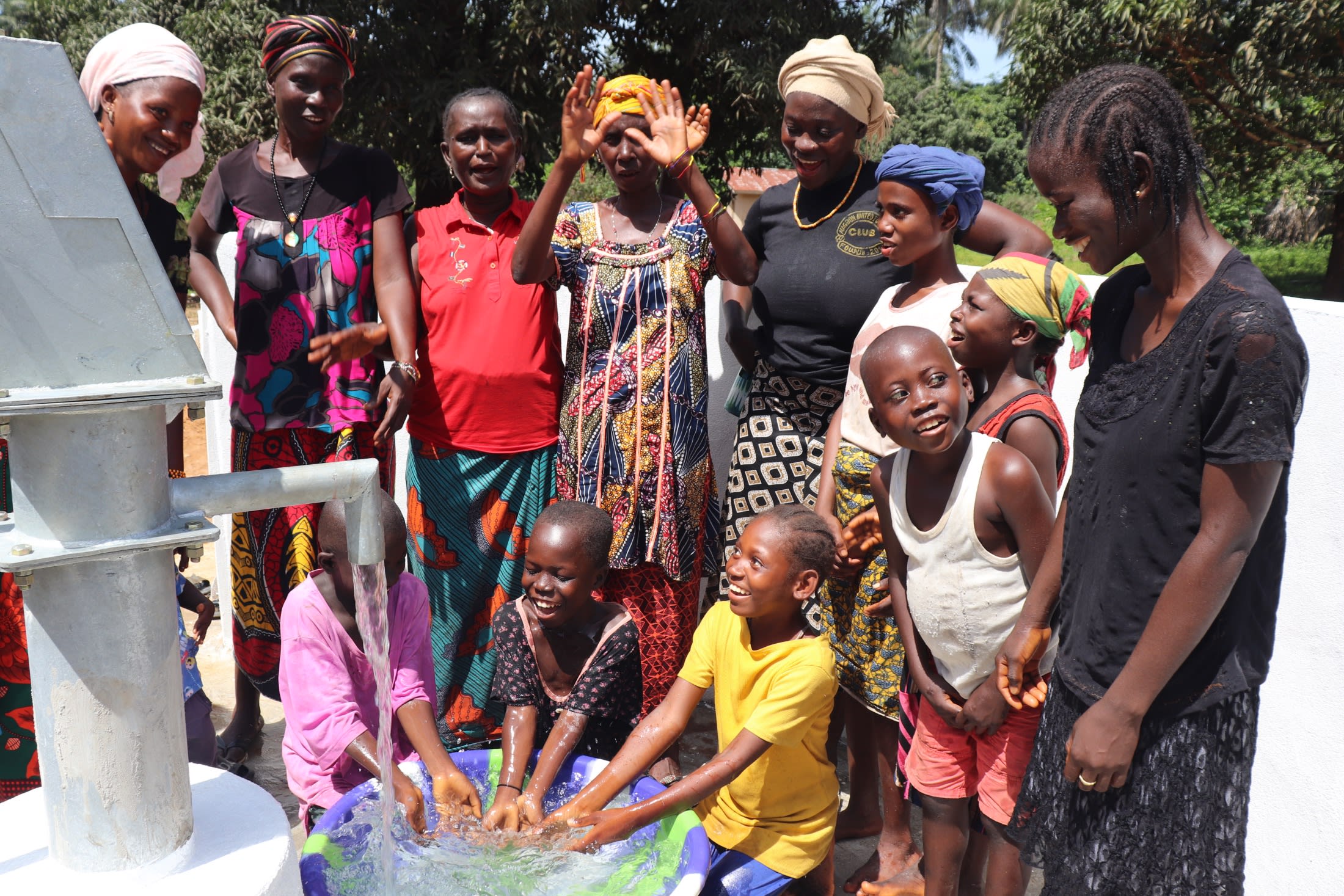The 90 people of Laminiya struggle every day to access enough water to complete their essential daily tasks.
The primary water source people rely on is the local dug well in the swamp area, but it presents some serious challenges. It is open to contamination, making community members ill, and it is seasonal, drying up for several months every year. Not to mention that it is far away and overcrowded with people all struggling to collect water.
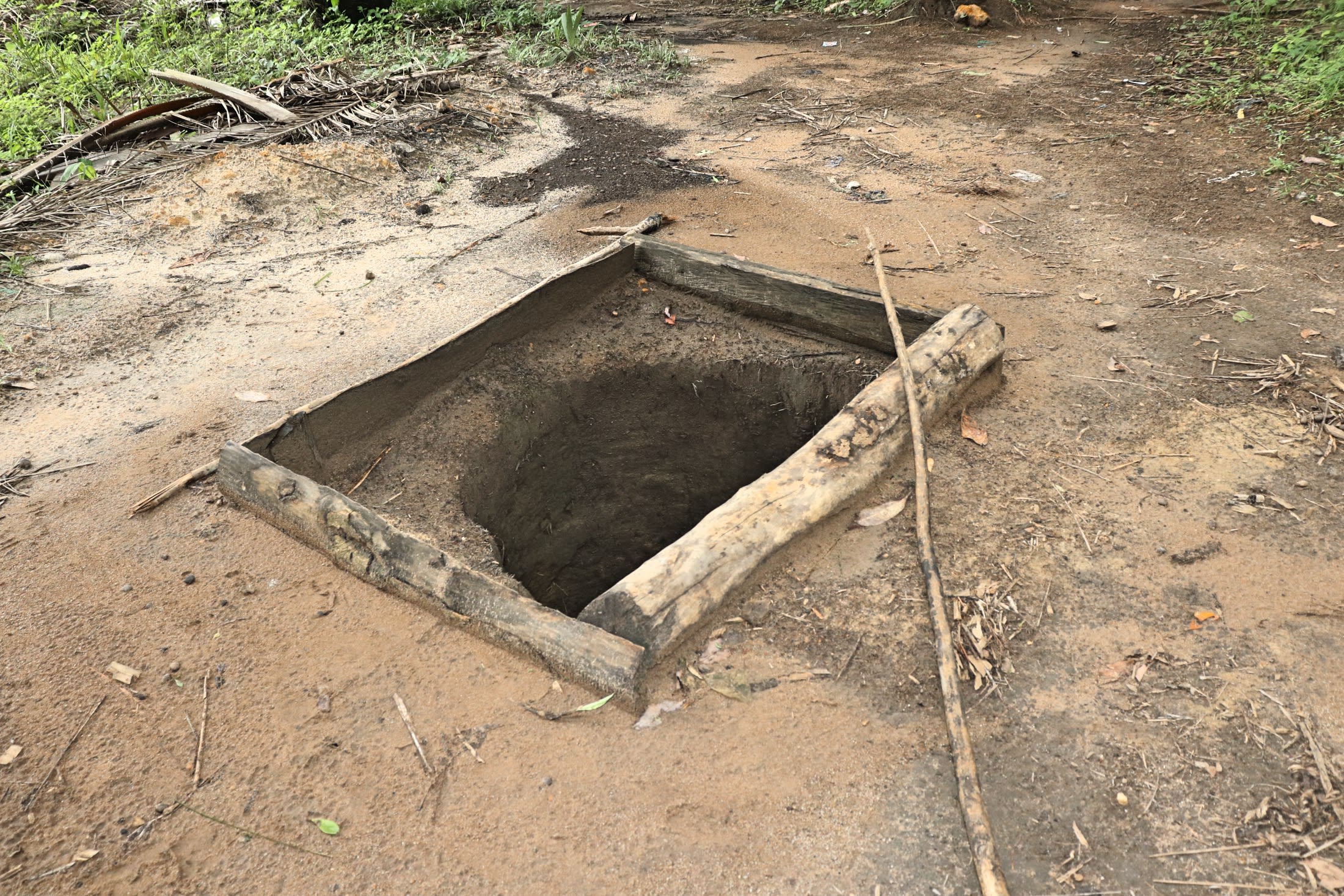
"The water situation in this community is not easy. This is affecting me greatly," said 16-year-old Aminata K. "The reason is mainly because the swamp well we fetch water from normally gets dry during the months of March to April. This makes it very difficult for me to fetch water except, I go down to the swamp in Gberay, which is miles away from this community."
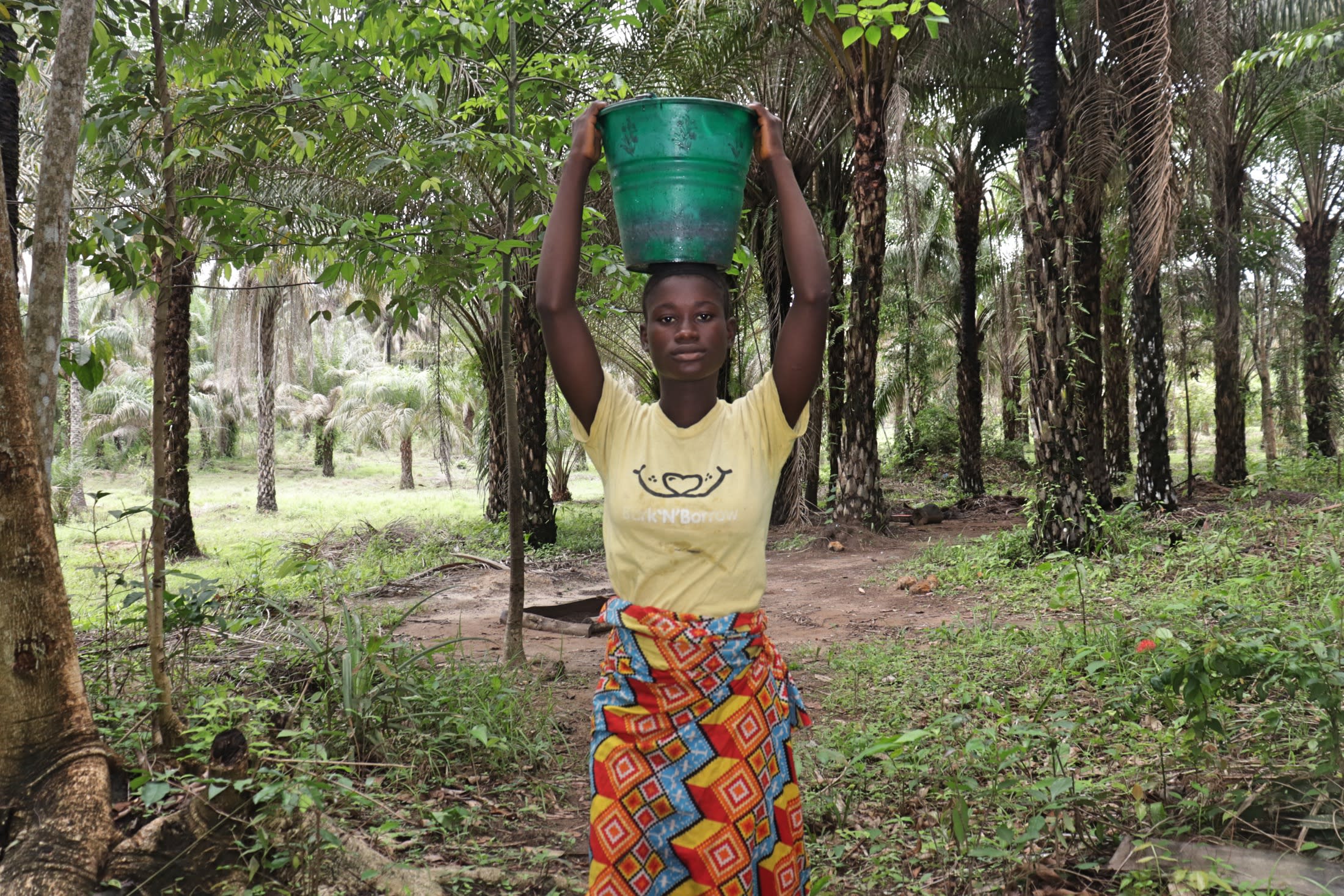
Aminata finds it hard to fulfill her duties at home because of the lack of accessible water and is sometimes the brunt of her mother's frustration. Her mother gets angry and takes it out on Aminata because without water, meals cannot be cooked, and the tasks to make an income cannot be completed, such as planting and processing rice and washing fruit she sells in the market.
"For this work to be done, water is highly needed," said Aminata. "The difficulty in fetching water makes it hard for me to fetch enough water to serve this purpose. Although I have my younger siblings at home, they cannot help me at this time because of their age. That is why the responsibility of fetching water solely depends on me. I would be glad if this community would get a new waterpoint. All the water constraints I used to experience would become a thing of the past."
"I am greatly affected with the water situation in this community. I hardly have enough water to water my plants," said 38-year-old Abibatu Kamara shown below collecting water from the dug well in the swamp.
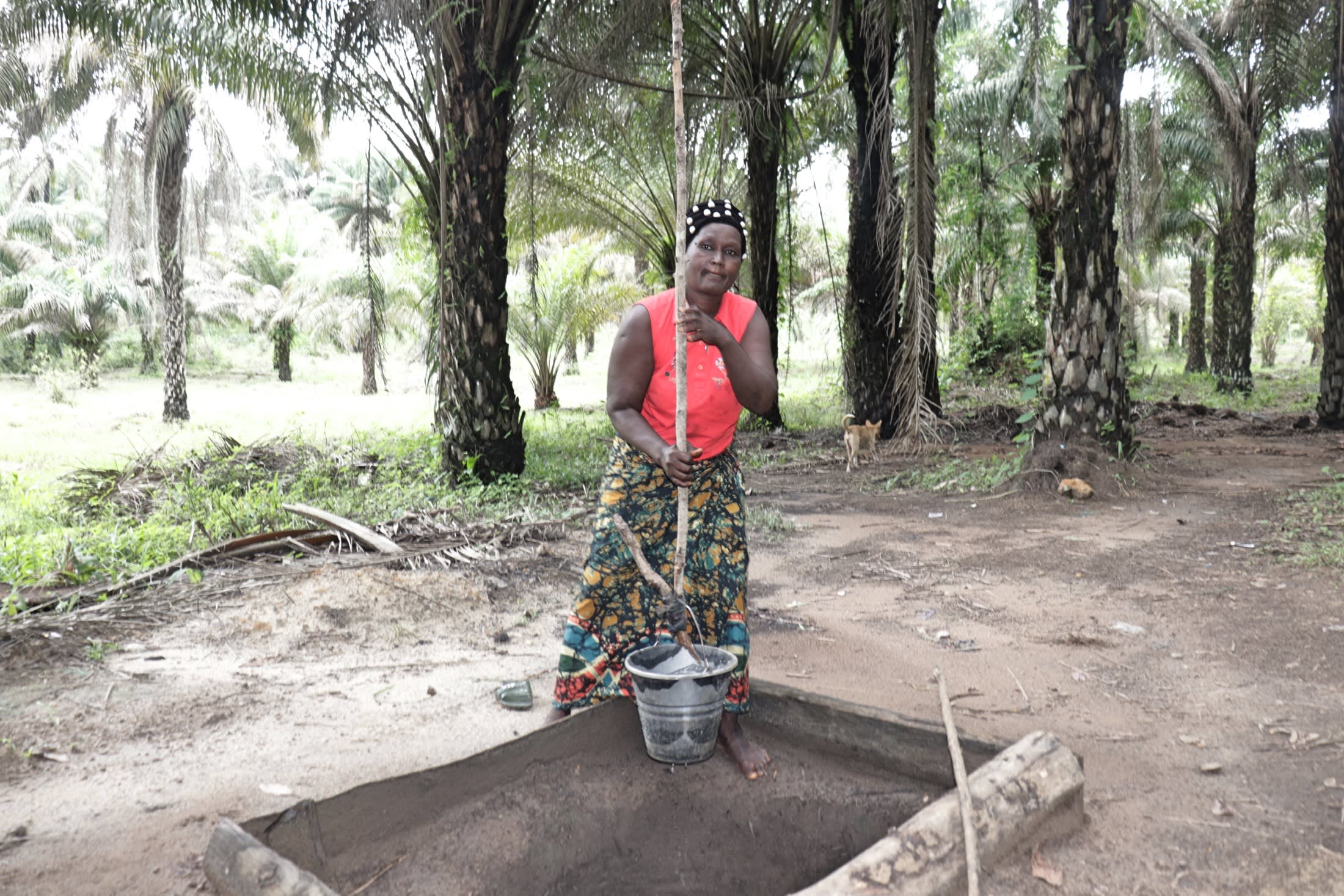
"For one to fetch water, you have to exercise a lot of patience. If not, you would not be able to fetch water. The waiting time really hinders things I want to accomplish for the day. Sometimes, I would be delayed to the point that I end up going to the farm in the afternoon hours. This situation has really affected the growth of the plants, and this is reducing their yield."
Without water that is easily and quickly accessible, life for people in Laminiya is tiring and discouraging.
The installation of a new borehole well will enable Aminata, Abibatu, and others like them to have the time and energy to focus on making positive steps forward.
What We Can Do:
New Well
Where we will be drilling is centrally located and will relieve many people of the long journey to fetch water and the challenge of accessing clean water.
Our team will drive over the LS200 mud rotary drill rig and set up camp for a couple of nights. Once the well is drilled to a sufficient water column, it will be cased, developed, and then tested. If these tests are positive, our mechanics will install a new India Mark II pump.
By drilling this borehole, TKKK and the surrounding community will be provided with plenty of accessible, clean drinking water.
Training
There will be hygiene and sanitation training sessions offered for three days in a row.
Community members will learn how to make a hands-free handwashing station called the "tippy-tap." We will use these tippy taps for handwashing demonstrations and will also teach about other tools like dish racks and the importance of properly penning in animals. We will highlight the need to keep restrooms clean, among many other topics.
This training will also strengthen a water user committee that will manage and maintain this new well. They will enforce proper behavior and report to us whenever they need our help in solving a serious problem, like a pump breakdown.

 Borehole Well and Hand Pump
Borehole Well and Hand Pump
 Rehabilitation Project
Rehabilitation Project










